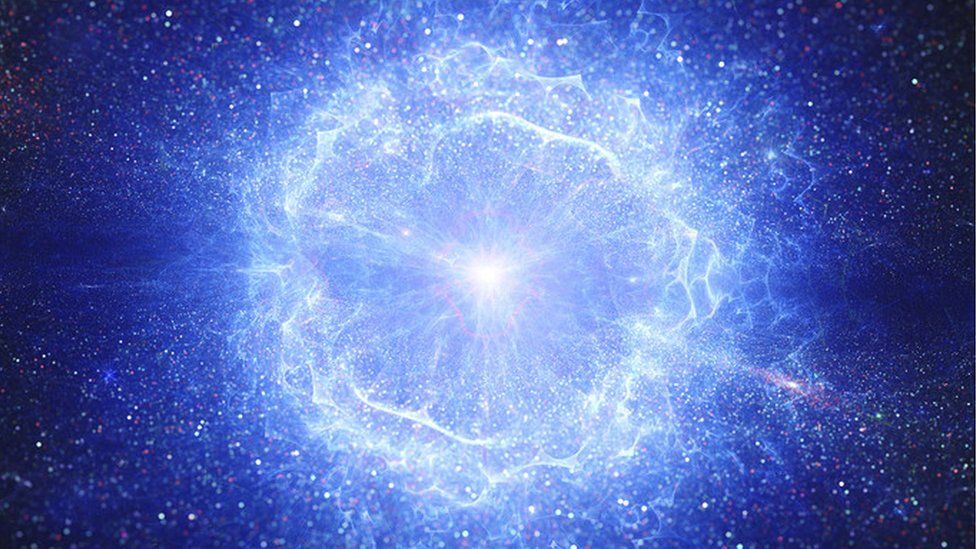-

-
-
Loading

Loading

Scientists at Cern, the world's largest particle physics laboratory, have made an important discovery about antimatter. Antimatter is the opposite of matter and was abundant during the early stages of the Universe. While matter is everywhere, antimatter is incredibly difficult to find now. The latest study has found that matter and antimatter respond to gravity in the same way, which has been a topic of interest for physicists for years. This discovery opens the door for new experiments and theories about the differences between the two. Understanding the differences between matter and antimatter is key to solving the mystery of why matter overcame antimatter during the Big Bang. The research team at Cern created thousands of stable and long-lasting atoms of antimatter to carry out their experiments. By slowing down and controlling the speed of the antiprotons and positrons, they were able to create antihydrogen atoms and determine their response to gravity. The researchers confirmed that antihydrogen atoms fall downwards, in line with Albert Einstein's General Theory of Relativity. However, further research will be conducted to investigate if there are any slight differences in the rate at which antimatter falls compared to matter. This discovery could potentially answer fundamental questions about the origins of the Universe. The findings have been published in the journal Nature.